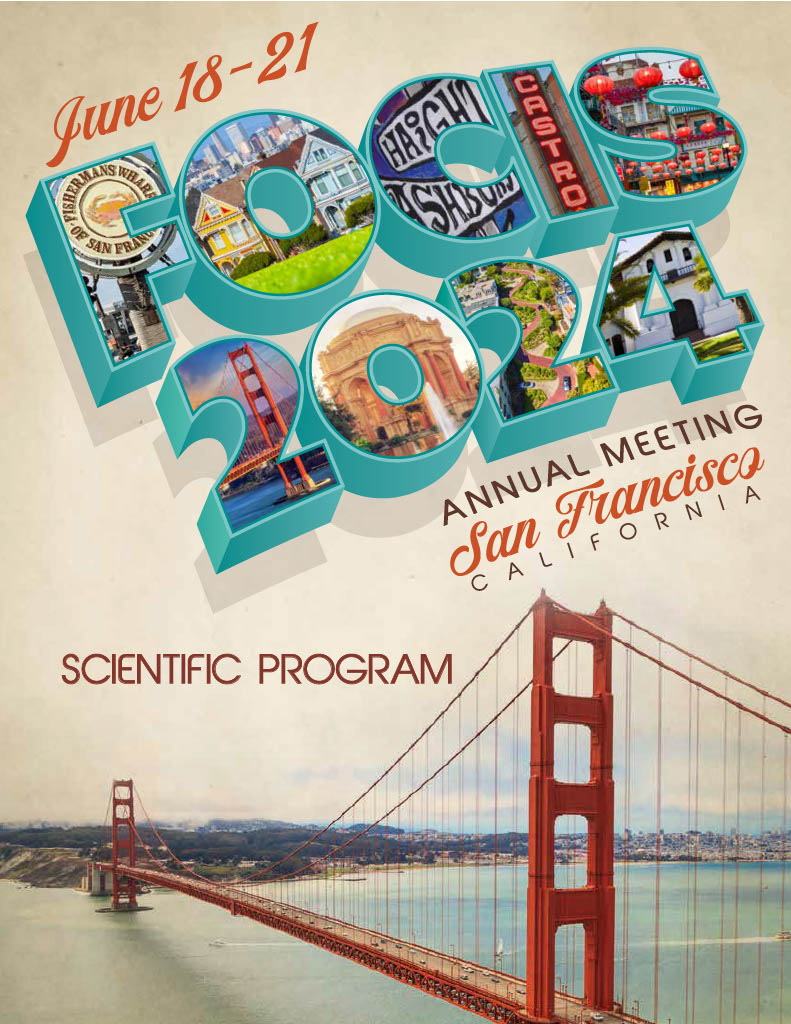Back
Autoimmune Diseases
Session: Autoimmunity and Transplantation
Single Cell Analysis of CD8 T-cells Reveals Autoantigen Specific Signatures of Teplizumab Treatment in at Risk Subjects from the trialnet-10 Study
Wednesday, June 19, 2024
4:30 PM – 4:45 PM PT
Location: Salon 8

Hai T. Nguyen, PhD
Research Scientist
Benaroya Research Institute
Seattle, Washington, United States
Presenting Author(s)
Abstract Text: In the Trialnet TN10 Anti-CD3 Prevention study, at risk subjects with multiple AABs treated with Teplizumab (a humanized FcR non-binding anti-CD3) exhibited a reduced incidence of progression to type 1 diabetes, manifested as an increased median time to clinical diagnosis of two years as compared to placebo treated controls. A comprehensive analysis of immune cells in peripheral blood revealed that a partially exhausted population of TIGIT+KLRG1+ CD8+ T cells was strongly associated with clinical response. Prior work did not investigate changes in antigen specific T cells following treatment. Therefore, we characterized the number, phenotype, and transcriptional profiles of beta cell and EBV specific CD8+ T-cells in baseline and longitudinal 3-30 month post-treatment samples from TN10 participants. Using HLA class I tetramers corresponding to established islet epitopes, we quantified beta cell and EBV specific CD8+ T-cells in peripheral blood and sorted a portion of these cells for single cell RNA-Seq analysis using a previously published approach. Clustering analysis of the resulting transcript data revealed distinct cell states of interest, including antigen naïve, effector-like, and exhausted T cells. Combinatorial tetramer staining combined with indexed assembly of antigen specific T cell receptors allowed an assessment of T cell receptor diversity and clonal expansion. Beta cell specific T cells had more limited TCR sharing and were largely non-exhausted at baseline but exhibited increased exhaustion after treatment corresponding to delay of disease onset. Together, this analysis uncovered attributes of antigen specific T cell function that correlate with response to anti-CD3 treatment.

